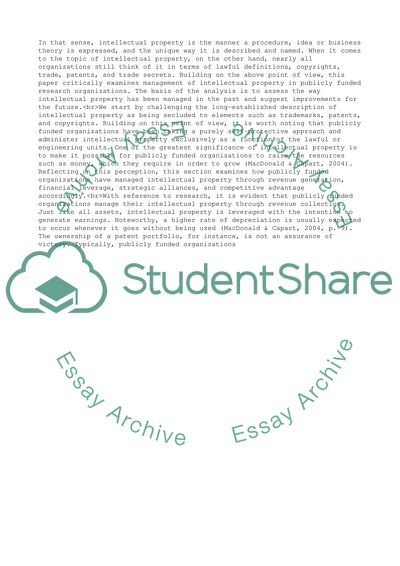Cite this document
(Intellectual property Essay Example | Topics and Well Written Essays - 2750 words, n.d.)
Intellectual property Essay Example | Topics and Well Written Essays - 2750 words. https://studentshare.org/management/1797906-intellectual-property
Intellectual property Essay Example | Topics and Well Written Essays - 2750 words. https://studentshare.org/management/1797906-intellectual-property
(Intellectual Property Essay Example | Topics and Well Written Essays - 2750 Words)
Intellectual Property Essay Example | Topics and Well Written Essays - 2750 Words. https://studentshare.org/management/1797906-intellectual-property.
Intellectual Property Essay Example | Topics and Well Written Essays - 2750 Words. https://studentshare.org/management/1797906-intellectual-property.
“Intellectual Property Essay Example | Topics and Well Written Essays - 2750 Words”. https://studentshare.org/management/1797906-intellectual-property.


